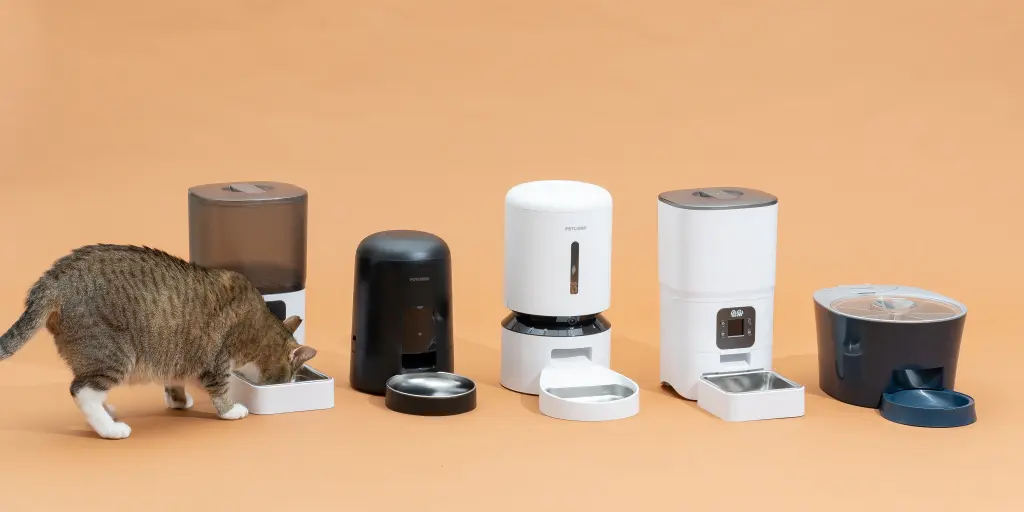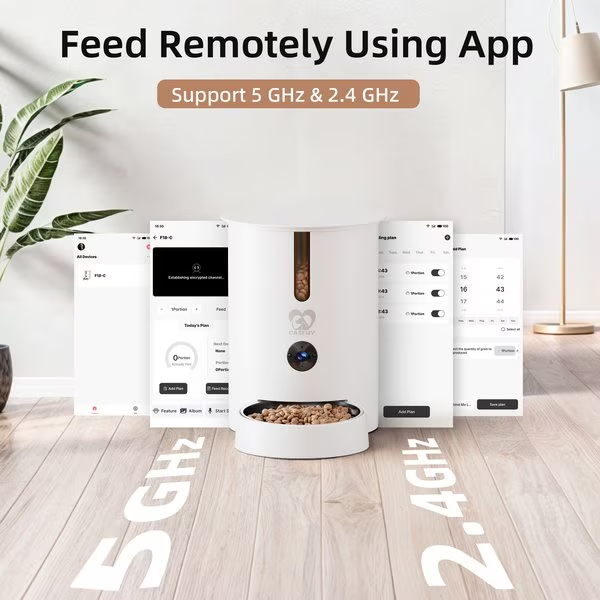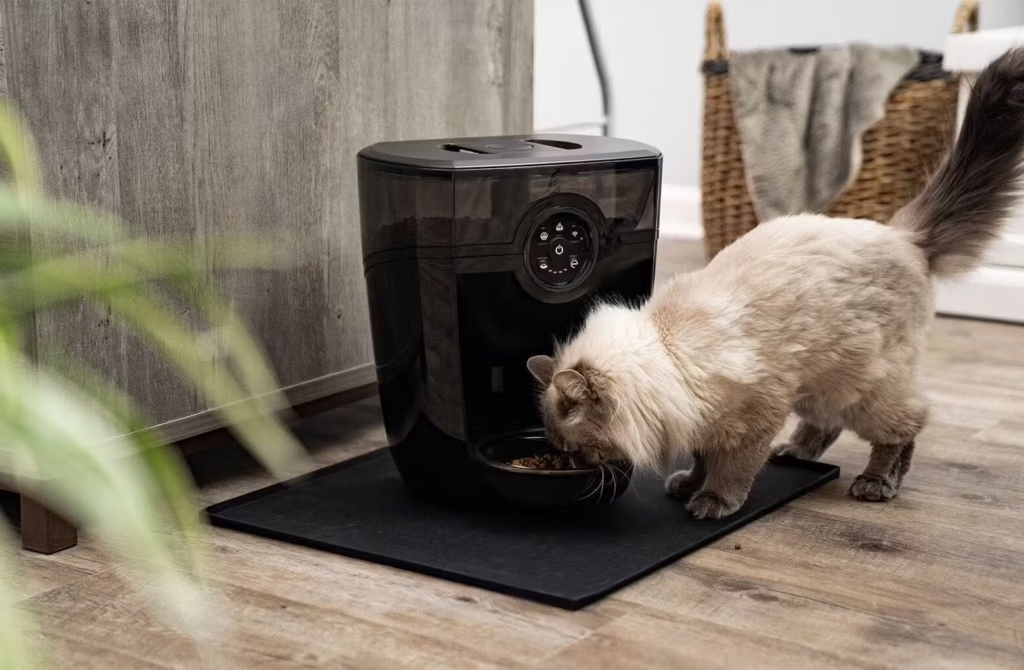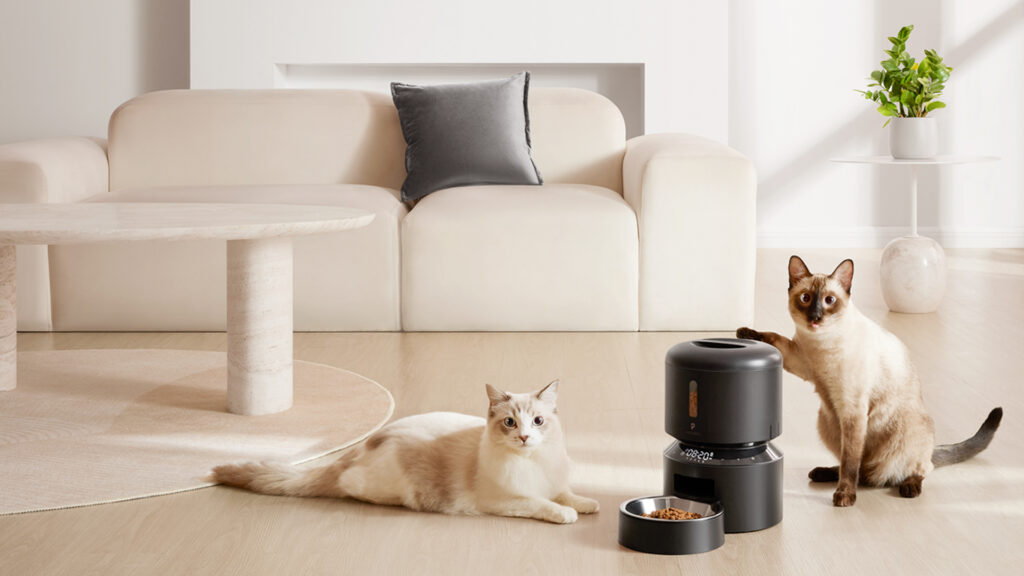Why Is My Cat Vomiting After Eating Dry Food?
You just filled your cat's bowl with dry food, and a few minutes later—boom—your furry friend is throwing up. Sound familiar? You're not alone. Many cat owners deal with this, but why does it happen? Is dry food really the villain here, or is there something else going on? Let's break it down.
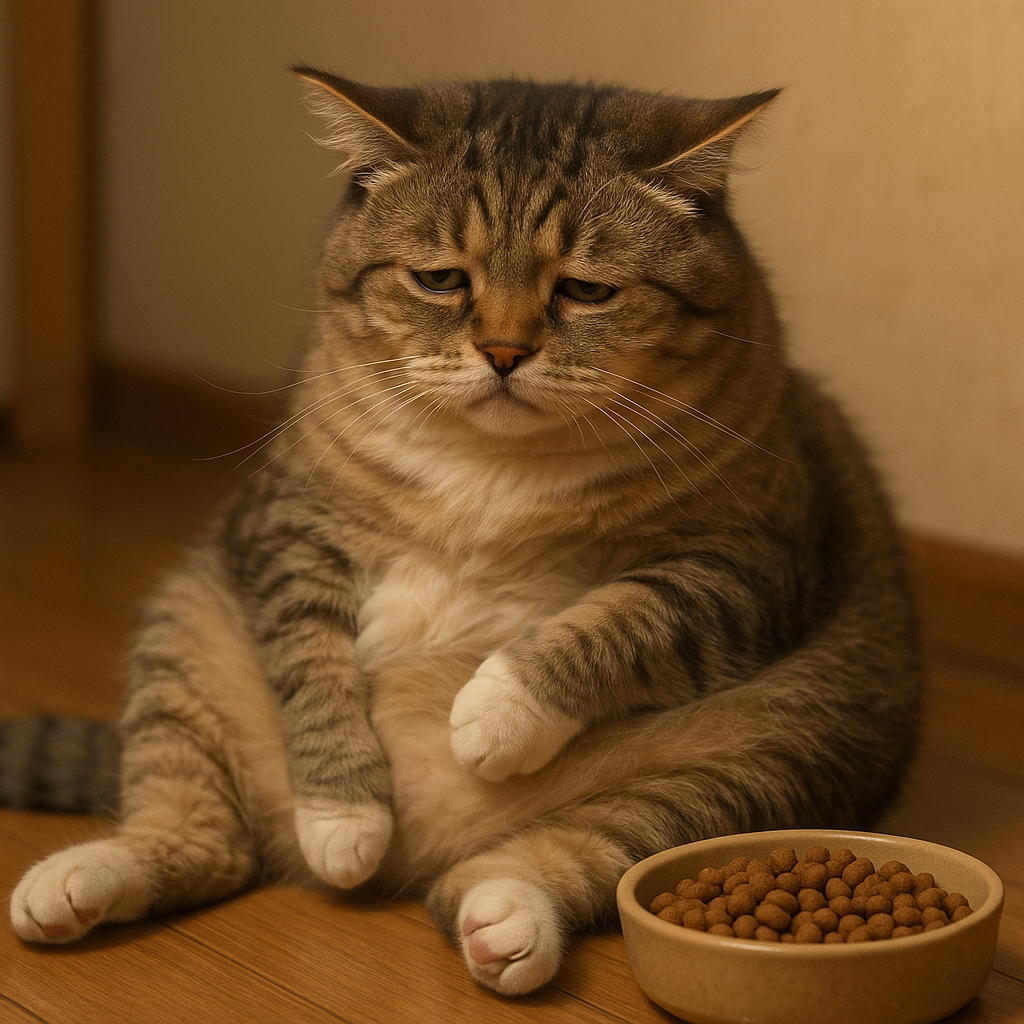
Understanding Cat Vomiting
First things first—occasional vomiting in cats can be normal, especially if hairballs are involved. But when it happens often right after eating dry food, that's a red flag.
Regurgitation vs Vomiting
Happens quickly after eating, usually undigested food. No retching involved.
Involves retching, and food may be partially digested. More forceful expulsion.
Knowing the difference can help you figure out what's wrong and describe it accurately to your vet.
Common Causes of Vomiting After Dry Food
Does your cat inhale food like it's the last meal on earth? Many cats do! When they gulp down dry food, they swallow air, leading to regurgitation or vomiting.
Some cats can't tolerate certain ingredients like corn, wheat, or soy fillers, artificial colors and flavors, or certain proteins like chicken or fish.
Cats groom themselves a lot, which leads to swallowed hair. When combined with dry food, hairballs can trigger vomiting.
Dry food has very little water, and cats are naturally poor drinkers. This can lead to dehydration and digestive problems.
Free-feeding (leaving food out all day) can cause overeating. When the stomach stretches too much, guess what happens? Yep—vomiting.
Cheap dry foods often contain fillers, by-products, and additives that upset your cat's stomach.
Medical Conditions Linked to Vomiting
Sometimes, vomiting after dry food isn't about the food—it's about health issues.
Inflammation or infections can make digestion difficult, leading to vomiting after meals.
Cats with IBD often vomit after eating certain foods due to chronic intestinal inflammation.
Inflamed pancreas? Vomiting is one of the first signs, often occurring after eating.
Older cats with kidney problems often vomit, especially after dry food which requires more processing.
When Is Vomiting Normal?
A hairball once in a while is okay. Daily or frequent vomiting? That's not normal and should be addressed.
Call your vet if:
- Vomiting happens more than twice a week
- There's blood in vomit
- Cat stops eating or loses weight
- Lethargy or diarrhea accompanies vomiting
- Your cat shows signs of pain or distress
How to Prevent Vomiting After Dry Food
Use puzzle feeders or automatic feeders with portion control to slow down eating.
Keep multiple water bowls, use a water fountain, or add wet food to meals to increase moisture intake.
Measure meals instead of free-feeding to prevent overeating and stomach distension.
Go for premium brands—high in protein, low in carbs, and no fillers or artificial additives.
Home Remedies to Try
Add a teaspoon of plain pumpkin puree (not pie filling) to help with digestion and hairballs.
Supplements designed for cats can support gut health and improve digestion.
Offer smaller portions more frequently throughout the day instead of one or two large meals.
Long-Term Dietary Solutions
If nothing works, consider switching to wet or raw food. Cats often do better with moisture-rich diets that are easier to digest and closer to their natural diet.
Conclusion
Vomiting after eating dry food can be due to simple reasons like eating too fast—or more serious issues like allergies or diseases. Start with easy fixes like slow feeding, hydration, and better-quality food. If the problem persists, consult your vet to rule out underlying health conditions.

